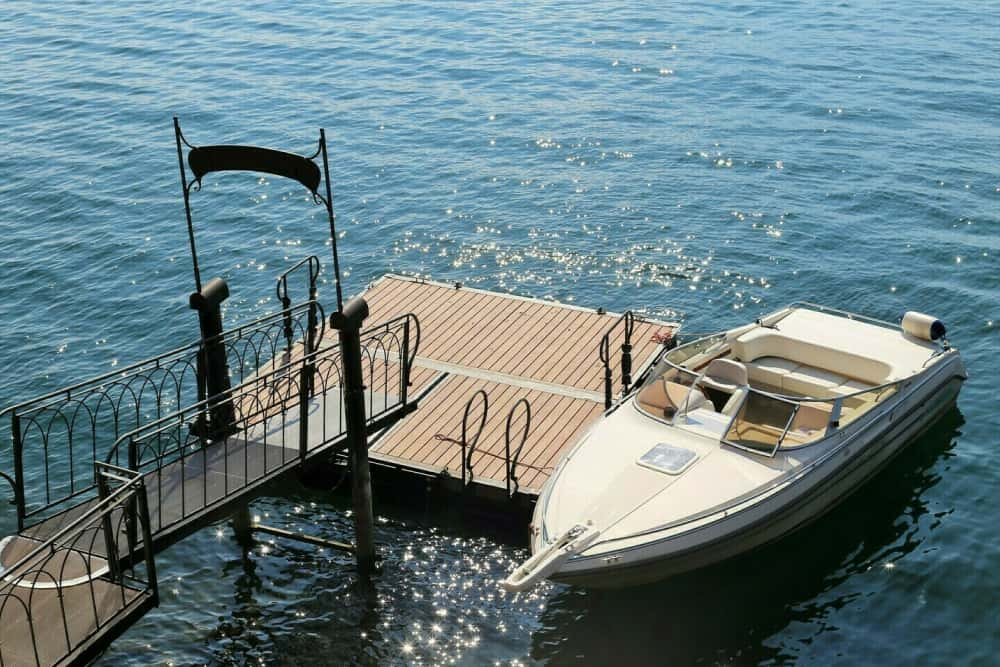
6 boat insurance mistakes first-time boat buyers make
Boating is a relaxing and exciting pastime; buying a boat can ensure an adventurous outing. But just like any other investment, it requires some considerations, like financial planning, safety precautions, and maintenance. Amongst these, insurance is one of the most important considerations. Insuring a boat means safeguarding one’s vessel against unforeseen risks and liabilities, but many first-time boat buyers make certain mistakes while buying insurance that cost them money.
Thinking other insurances will cover one’s boat
Many homeowners or renters’ insurance policies may protect one’s boat, but boat owners should not rely entirely on these policies. These hybrid policies that cover multiple assets have a low limit for watercraft coverage and can be incredibly restrictive regarding payout or types of damages or issues they cover. For instance, these policies may not cover collisions, sinking, or disablement.
Certain types of boats may also be excluded from protection altogether. So, one may have to pay for damages or expenses partially or majorly out of pocket. These insurances, at times, may be suitable for kayaks or canoes. To put it in perspective, a typical home policy may give around $1,500 coverage to one’s boat in case of damages, while buying dedicated boat insurance can cover the full replacement cost. So it’s best to get separate insurance for one’s boat.
Not knowing how to insure a boat
Before insuring a boat, one must be well-equipped with how it works. First-time buyers may get confused and buy the wrong boat insurance that lacks sufficient coverage or fails to meet their needs. Choosing the wrong type of insurance can end up burning a hole in one’s pocket and leaving one vulnerable to financial losses.
There are three ways to insure a boat: for its actual value, replacement cost, or agreed value.
- ACV: As the name suggests, the actual cost, also known as actual cash value or ACV, factors in depreciation, and if one faces boat damage or loss, the insurance company will pay back the cost of the boat minus its depreciated value. For example, the boat costs $50,000 while the estimated depreciation is around 20%; the insurance payout under ACV would be $40,000 ($50,000 – $10,000 depreciation). So, one would get only $40,000 as a payout to cover the damages or repairs, irrespective of whether the damages are more. One should remember that the depreciation, per market standards, is quick and can reduce the vessel value to less than half within a few years.
- Replacement cost: This option is better than ACV because the insurance company agrees to pay the full cost of replacing the boat in case of damage or accidents. This policy ensures that the boat owner receives a new boat with a similar quality and built even if the ACV of the current boat is less than the cost of the new boat. But one should remember that the boat owner loses the liberty to upgrade their current vehicle, which may take away one’s control over choosing a different or better model.
- Agreed value: Comparatively, the best option for first-time boat owners is to opt for Agreed Value insurance, wherein the company agrees to pay the owner an agreed value before signing the contract. This policy does not take depreciation or ACV into consideration during payouts.
Not knowing what aspects will affect policy cost and payout
One should reveal the entire value of the boat to the insurance company to be eligible for payouts. Inaccurate mooring or storage of wrong carrier information can lead to coverage disputes, delayed claims processing, or even coverage denial. One should reveal where the boat will be regularly docked, how it will be used and stored, all usual locations for docking, names, and addresses of the marina and storage facility, type of mooring, etc. These are all vital information that determines the cost of one’s insurance premium. Revealing this information gives the insurance company a chance to assess the risk of insuring one’s boat fairly and properly. In case of discrepancies, one may be liable for policy cancellation or claim refusal.
Not choosing the right deductible level
A deductible is the amount owners pay out of pocket before the insurance company provides support. When this level is higher, the premium is lower, but it also means that one pays more during a claim from one’s own pocket. So, it’s best to find a balance and even go for a higher deductible level to insure one’s vessel.
Not cross-checking if the storage facility has insurance
First-time boat buyers are generally unaware of the problems they may face outside of their boat. Check whether the storage facility has insurance against issues like fire, flooding, dry rack collapse, and other events, and request a copy of its policy. Smaller players in the storage business may seem convenient, but they often lack adequate insurance coverage for such endeavors. It’s best to protect one’s vessel by choosing a properly insured storage facility.
Not insuring with a specialized boat insurance company
When insuring one’s boat, one is advised to go to a company specializing in boat insurance. Boat owners face unique risks and require specialized assessments and policies tailored to marine environments. These may extend to back injuries while boating, environmental cleanup, and liability while on the water. It’s also advisable not to reduce liability or coverage amount that may cover their other personal assets. It’s best to have more than to cover less.


